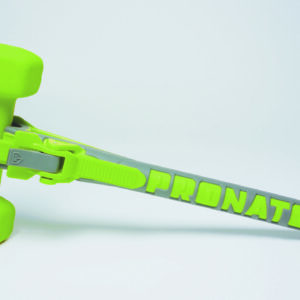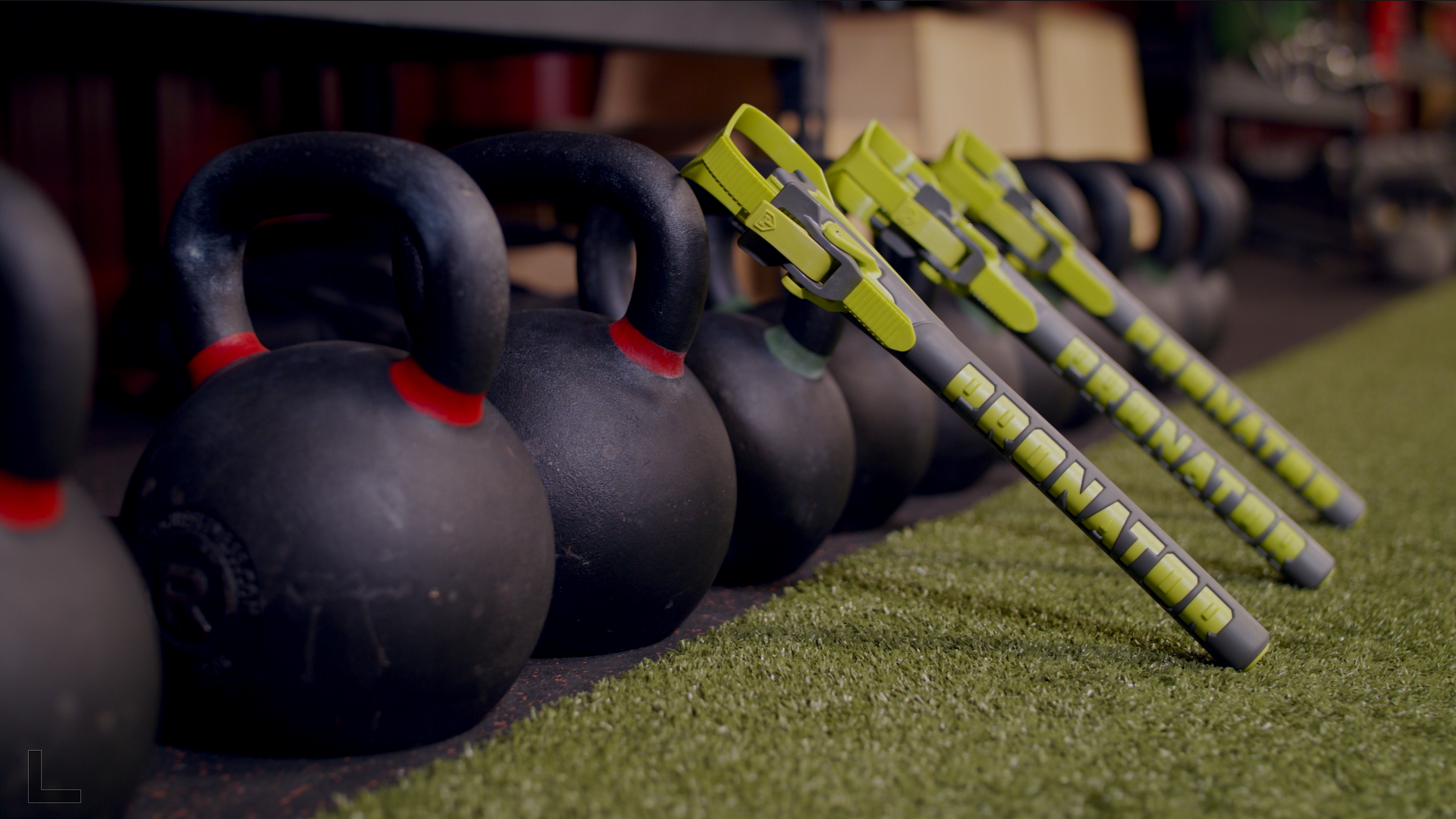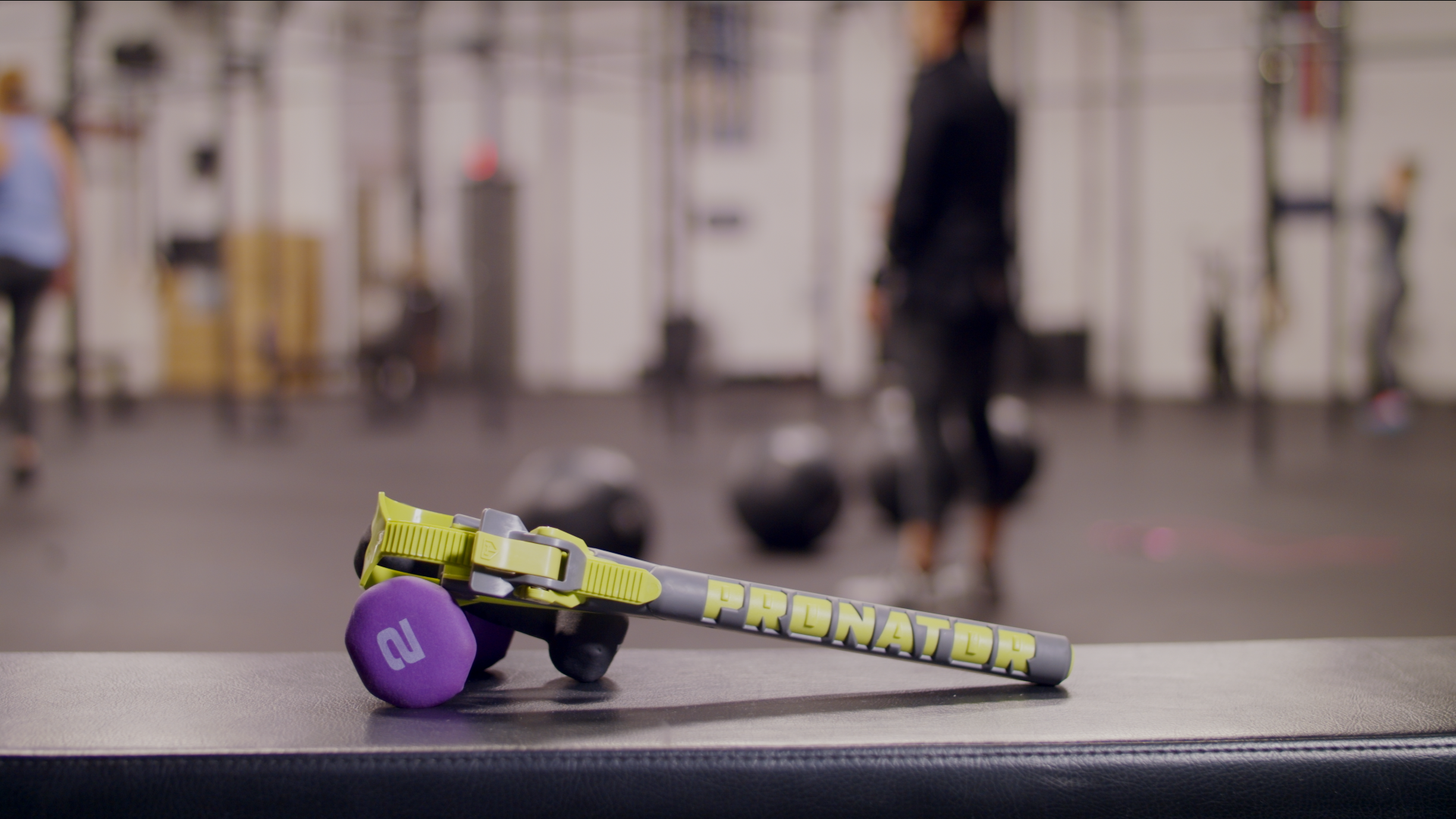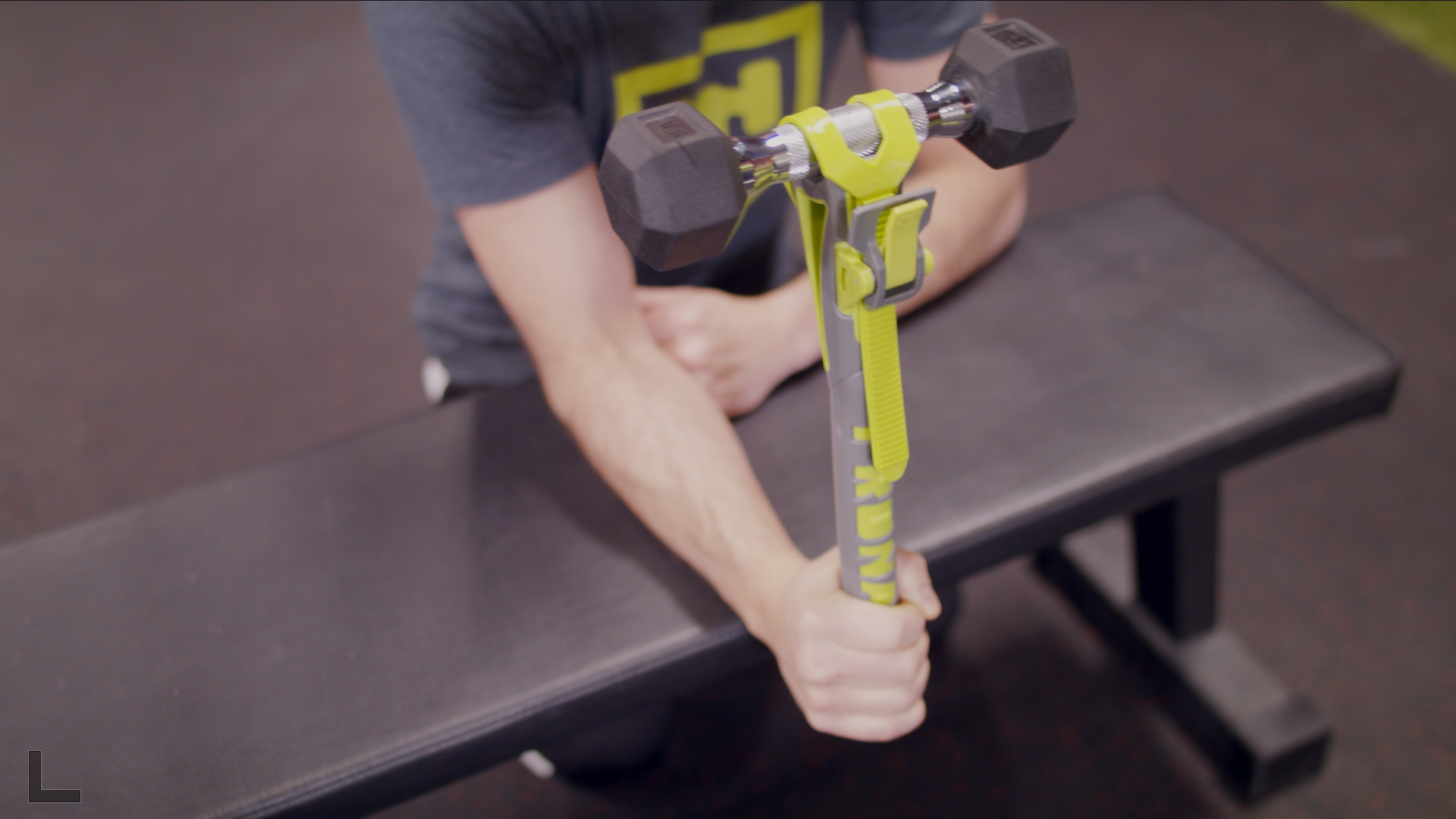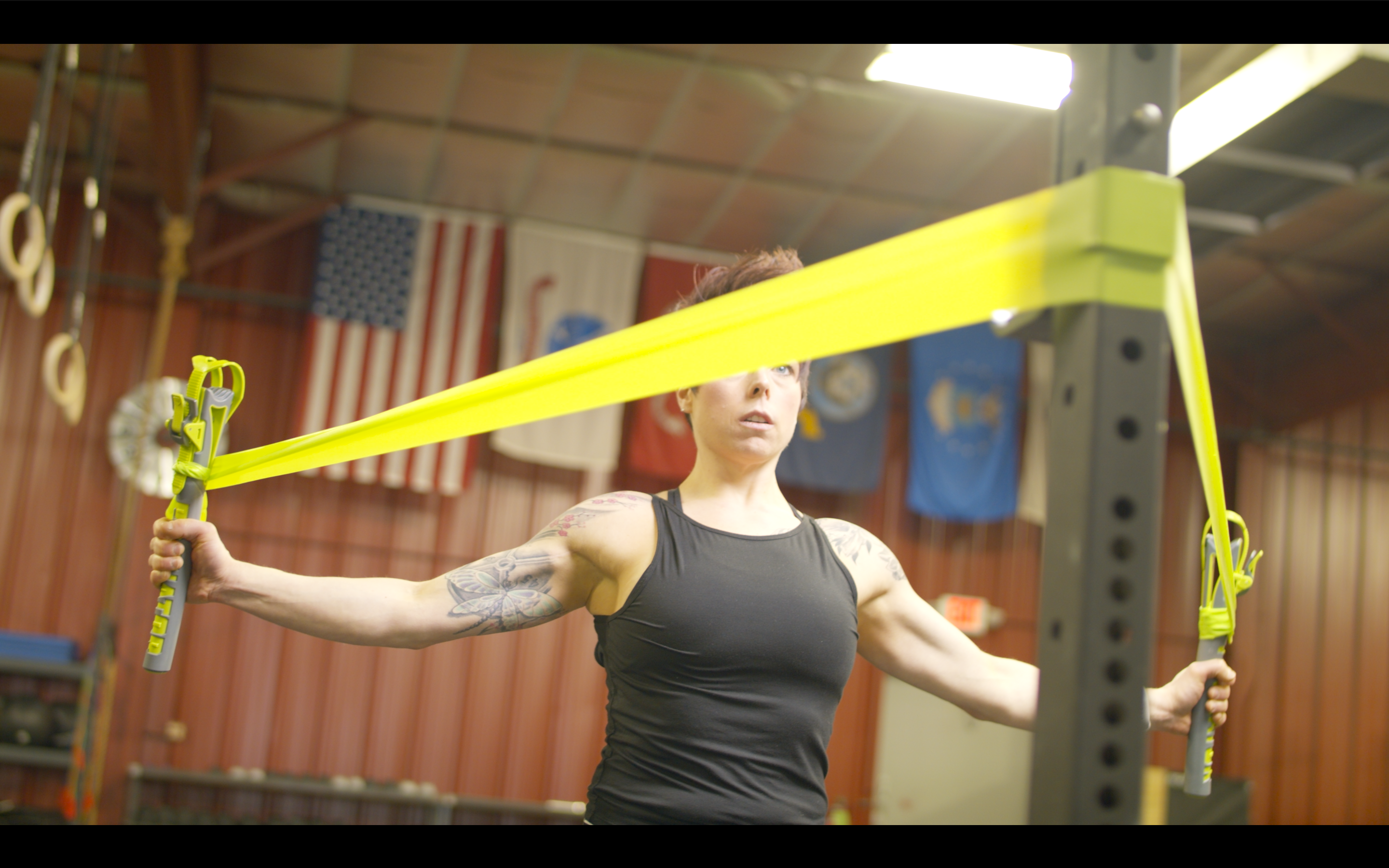 October 14, 2023
October 14, 2023
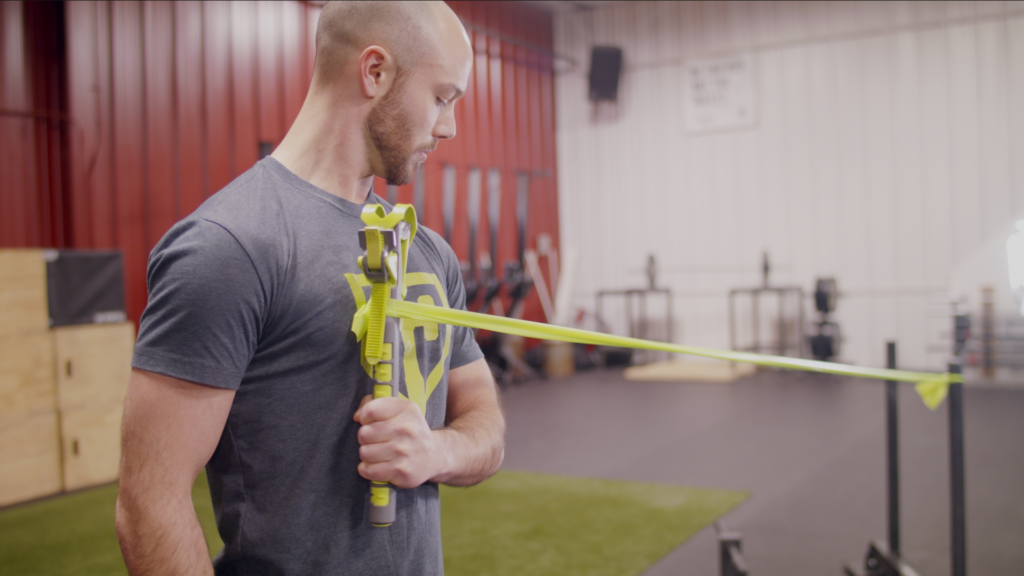
Our body is an intricate masterpiece, and understanding the nuances of its muscles and functions is essential for maintaining overall fitness. One such muscle that plays a significant role in our daily activities and sports is the Pronator Teres muscle. By diving into the anatomy and function of this vital muscle, we can prevent potential injuries and enhance our performance in various activities. So, are you ready to unlock the secrets of the Pronator Teres muscle and take your fitness game to the next level?
Short Summary
The Pronator Teres is a fusiform muscle located in the anterior forearm responsible for pronation and innervated by the median nerve.
It has numerous relationships with other muscles, arteries, and nerves to enable forearm pronation and elbow flexion.
Stretching/strengthening exercises, rehabilitation techniques such as rest/ice/heat therapy & injections can help reduce pain & improve healing of potential injuries associated with this muscle.
An Overview of the Pronator Teres Muscle
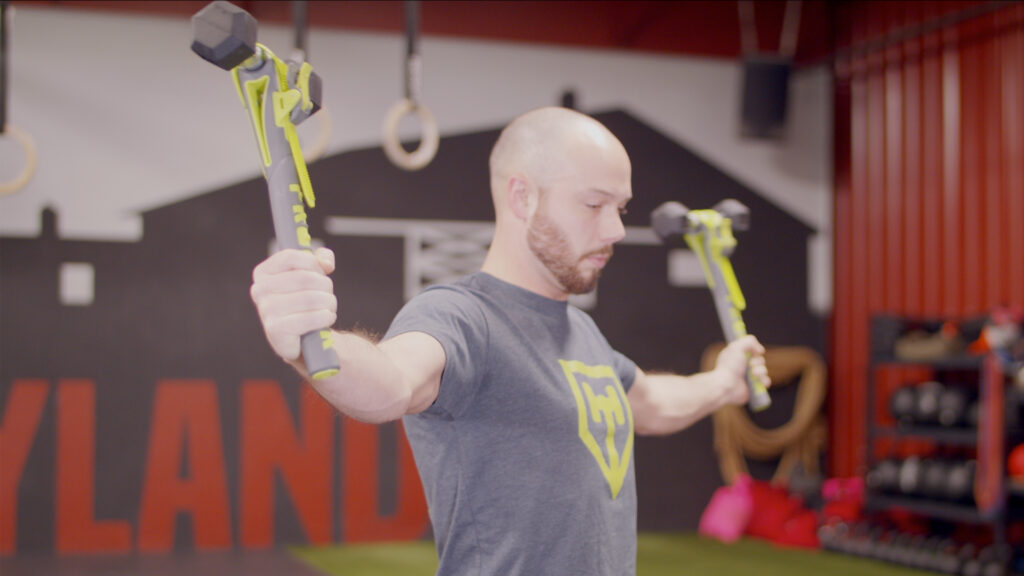
The Pronator Teres muscle, located in the anterior forearm, is a fusiform muscle that forms part of the superficial flexors of the forearm. Responsible for pronating the forearm, this muscle originates from the medial aspect of the coronoid processes in the ulnar head, slightly proximal to the medial epicondyle of the humerus bone and out of the common flexor tendon.
It is innervated by the median nerve and is a synergist of the biceps brachii and brachioradialis muscles. It is also a prime mover in the supination of the forearm. The professor teems.
Anatomy and Structure
The Pronator Teres muscle is composed of two muscle heads, namely the Humeral Head and the Ulnar Head. The Humeral Head originates from the Medial Supracondylar Ridge of the Humerus, while the Ulnar Head originates from the Coronoid Process of the Ulna.
This muscle inserts via a flat tendon onto the lateral surface of the radius, specifically at the pronator tuberosity located at the middle of its shaft. Being the most lateral muscle within the superficial flexors group, the Pronator Teres is positioned deep to the flexor digitorum superficialis in its proximal part.
Relations to Other Muscles
The Pronator Teres muscle interacts with various structures within the cubital fossa, such as the ulnar and radial arteries and the median nerve. It courses inferolaterally beneath the brachioradialis muscle.
Furthermore, the Pronator Teres muscle functions in conjunction with the pronator quadratus to pronate the forearm, turning the palm backward when the body is in an anatomically correct position.
The Role of the Pronator Teres in Forearm Movement

The Pronator Teres muscle is responsible for pronation of the forearm and flexion of the elbow joint. Its primary action is the pronation of the forearm, while its secondary action is the flexion of the forearm at the elbow joint.
Thus, this muscle plays a crucial role in various activities, such as writing, typing, or even playing sports like tennis and baseball.
Actions and Movements
The Pronator Teres muscle facilitates pronation of the forearm. It enables the forearm to turn so that the palm faces backward when the body is in an anatomically correct position.
Understanding the actions and movements of the Pronator Teres muscle can help us appreciate its significance in our daily activities and sports, ensuring that we can optimize our performance and avoid potential injuries.
Innervation and Blood Supply

The Pronator Teres muscle is innervated by the median nerve as well as nerve roots C6 and C7. This nerve is a branch of the brachial plexus, which comprises nerve roots C5-T1, allowing the muscle to function efficiently.
As for blood supply, the Pronator Teres muscle is supplied by three arteries. These arteries ensure that the muscle receives adequate oxygen and nutrients, contributing to its overall function and health.
Pronator Teres Syndrome and Related Injuries

Pronator Teres Syndrome is an uncommon condition which affects the elbow area. It is known for causing compression neuropathy of the median nerve. Its primary indications include numbness and tingling sensations in the forearm.
Pronator Teres Syndrome is primarily caused by the entrapment of the median nerve between the two heads of the pronator teres muscle, with additional factors like compression of the nerve from the fibrous arch of the flexor superficialis and thickening of the bicipital aponeurosis contributing to the syndrome.
Individuals with diabetes or hypothyroidism have an increased likelihood of developing pronator syndrome. Furthermore, this condition may be caused by frequent pronation, such as when the palm is rotated to face the floor while the fingers are curled around an object.
Stretching and Strengthening Exercises for the Pronator Teres
Various stretching and strengthening exercises target the Pronator Teres muscle, including wrist curls, weight holds, pronation, and supination exercises.
These exercises not only help relieve pain but also increase strength and mobility in the muscle, significantly benefiting individuals with Pronator Teres Syndrome.
Exercise Descriptions
To perform the Pronator Teres Stretch, extend the left arm out in front of you, pronating the arm so that the palm is facing away from the body and the fingertips are pointing downwards. Move your right hand to bend your left fingertips towards your body. Make sure the position is comfortable and secure for you. Hold this position for 30 seconds. Then, shift your arms to the other side.
The Flexor Stretch exercise involves extending the arm in front of the body with the elbow straight and the palm facing outward, followed by rotating the arm so that the fingers are facing downward and gently pulling the fingers backward towards the body with the opposite hand.
The Standing Curl and Press exercise is a gentle exercise that utilizes two weights to target the muscles in the shoulders, arms, and hands. This exercise should be repeated 10 times per session to achieve optimal results.
Lastly, median nerve glide and nerve flossing can be beneficial for Pronator Teres syndrome. For median nerve glide, it is recommended to repeat the motion smoothly four to five times. Nerve flossing is a technique that facilitates the movement of nerves within the arm, allowing them to slide smoothly and freely.
Rehabilitation Techniques for Pronator Teres Injuries

Rehabilitation techniques for Pronator Teres injuries include rest, ice, heat, and physical therapy. Conservative treatment is typically recommended, ensuring optimal healing without exacerbating the injury. It is suggested to rest for a period of 2 to 4 weeks.
Other treatments for Pronator Teres Syndrome include injections of corticosteroids, massage therapy, elevation, and therapeutic exercises. These treatments can help alleviate pain and discomfort, enhancing the overall healing process and allowing the individual to return to their daily activities or sports.
Preventing Pronator Teres Injuries

Preventing Pronator. Teres injuries involve taking relative rest from the provoking activity, stretching the pronator teres, using nerve flossing techniques for the median nerve, and wearing supportive shoes. Relative rest from the provoking activity involves avoiding activities that cause pain or discomfort in the pronator teres muscle, ensuring optimal healing.
Stretching the pronator teres involves extending the muscle to its full range of motion through exercises such as wrist flexion and extension, pronation and supination, and elbow flexion and extension. By taking these preventative measures, individuals can avoid potential injuries and maintain the health and function of their Pronator Teres muscle.
Interesting Facts and Research
The Pronator Teres muscle plays a significant role in sports such as tennis, rowing, bodybuilding, and baseball batting, as it serves as a major dynamic stabilizer of elbow valgus stress during throwing. Its contribution to the pronation of the forearm and the flexion of the elbow joint makes it an essential muscle for athletes and non-athletes alike.
A study found that 8.8% of participants with Carpal Tunnel Syndrome had electrodiagnostic Pronator Teres Syndrome, while 27% had clinical manifestations. This finding highlights the importance of understanding the Pronator Teres muscle and its potential impact on overall upper extremity health.
Summary
In conclusion, understanding the anatomy and function of the Pronator Teres muscle is essential for maintaining overall fitness and preventing potential injuries. By exploring its structure, relations to other muscles, role in forearm movement, and stretching and strengthening exercises, individuals can optimize their performance in various activities and sports.
The Pronator Teres muscle is a vital component of our body, and taking the time to learn about it can greatly benefit our daily lives and athletic pursuits. So, let’s continue to unlock the secrets of our body’s intricate masterpiece and strive for a healthier, stronger, and more capable version of ourselves.
Frequently Asked Questions
Why does my pronator teres muscle hurt?
It is likely that your pronator teres muscle is hurting due to Pronator Teres Syndrome, a compression neuropathy of the median nerve at the elbow. This occurs due to entrapment of the median nerve by the pronator teres muscle, which is associated with prolonged or repetitive forearm movements, such as gripping with the palm down.
People in occupations or activities such as carpentry, mechanics, tennis, rowing, and weight lifting are particularly prone to this condition.
What nerve is damaged in pronator teres muscle?
Pronator teres syndrome is a compression neuropathy of the median nerve at the elbow. The median nerve is compressed between the two heads of the pronator teres muscle, which can cause pain and functional disability in the arm and hand. It is a rare condition compared to carpal tunnel syndrome or isolated injury of the anterior interosseous branch of the median nerve.
Treatment of pronator teres syndrome includes rest, physical therapy, and in some cases, surgery. Physical therapy focuses on stretching and strengthening the muscles of the forearm and elbow.
How do you treat pronator teres muscle?
To treat pronator teres muscle, a comprehensive approach involving rest, anti-inflammatory medications, steroid injections, splinting, physical therapy and avoidance of repetitive activities may be employed.
Ice massage or ice packs directly over the pronator teres muscle may also provide relief from symptoms.
What is pronator teres syndrome complications?
Pronator teres syndrome can lead to various complications, such as an aching pain in the forearm, weakening of hand muscles, and reduced grip and fine motor movements.
Additionally, numbness and tingling may be experienced in the thumb and index finger.
What is the primary muscle action for pronator teres?
The primary muscle action of the pronator teres is to pronate the forearm, as well as contribute to elbow joint flexion. It works in coordination with other muscles and has two heads at its point of origin, the humeral head and the ulnar head.


